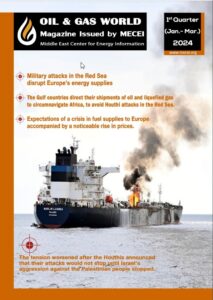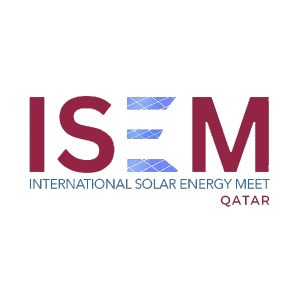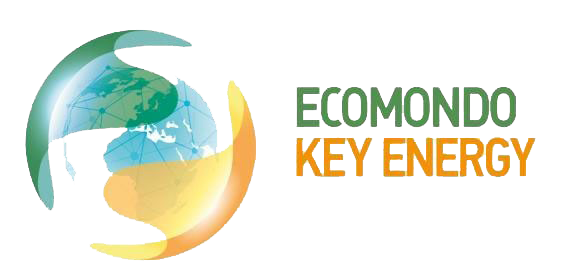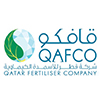Saudi Arabia and Kuwait agree to restore shared Oil Production in Neutral Zone

Kuwait and Saudi Arabia agree to stop the political dispute related to oil production from the fields of the Neutral Zone, which lasted for five years, and the agreements paved for the resumption of crude oil production by 500 thousand barrels per day.
However, Riyadh and Kuwait will take a standard approach to restoring production, as they are committed to controlling production as part of cooperation between OPEC and independent producers to support higher oil prices.
On December 24, the Kuwaiti and Saudi governments agreed to jointly reproduce from the Khafji offshore field and the Wafra field in the Neutral Zone, after stopping in October 2014 in Khafji, and from May 2015 in Wafra. Negotiations between the two countries have been stalled since 2015.
The Kuwaiti and Saudi governments were keen to resolve the dispute as part of the broader effort to end energy conflicts between the Gulf Cooperation Council states, and therefore Saudi Oil Minister Prince Abdulaziz bin Salman Al Saud gave priority to settling the conflict in the neutral zone, as Kuwaiti Prince Sabah Al-Ahmad Al-Jaber Al-Sabah stressed strongly on The decision during the meeting of heads of state of the GCC in December 2019.
The neutral zone covers about 5770 square kilometers and is subject to treaties dating back to the 1920s. The region was officially divided between the two countries in 1970, when the two countries agreed to divide the region and merge every part of their lands during the management and sharing of crude oil produced from the fields jointly.
Wafra and Khafji fields produce about 500,000 barrels per day. Because of environmental reasons, Saudi Arabia closed it in October 2014. The field is operated by the Khafji Joint Operations Company, a joint venture between Saudi Aramco and Gulf Aramco Operations and the Kuwait Gulf Oil Company, a subsidiary of the Kuwait Petroleum Company.
In response to Khafji’s halt, Kuwait refused to supply visas to the American Oil Company employees, the company that manages the Wafra field on behalf of Saudi Arabia, and refused the customs clearance of field equipment, which led to a reduction in the production of the Wafra field in May 2015, after Chevron insisted that it was unable to run the field safely. Chevron has been a source of tension between neighboring Gulf countries since Saudi Arabia decided in 2009 to renew the concession operating the company in the field of abundance for 30 years. Kuwait was troubled by what it believed was an arbitrary decision by Saudi Arabia, claiming that it had not been adequately consulted about the extension.
It is worth noting that the neutral zone contains 5 billion barrels of oil and 1 trillion cubic feet of natural gas. The production capacity in the neutral zone is about 574,000 barrels per day, divided equally between the two countries. In the neutral zone, production is based on a group of fields, the Wafra, which produce around 274,000 barrels per day.
On 24 December 2019 in Kuwait, Prince Abdulaziz and Kuwaiti Foreign Minister Sheikh Nasser Sabah signed two agreements regarding the final demarcation of land and sea borders in the neutral zone, with the attachment of previous border agreements.
The Kuwaiti Assistant Foreign Minister for Legal Affairs, Ghanem Al-Ghanem affirmed that the attached border agreements are more accurate and specific, and they set the officially recognized borders between the two countries according to the previous agreements. The agreements affirm the full sovereignty of Kuwait in the northern part of the region and the same for Saudi Arabia in the southern part.
Prince Abdulaziz and Kuwaiti Oil Minister Khalid Al-Fadil signed a memorandum of understanding related to the procedures for resuming oil production on both sides, according to the Saudi Ministry of Oil. At a ceremony held in the Khafji field on 25 December 2019, Prince Abdulaziz said that production from the field will restore 320 thousand barrels per day by the end of 2020.
The offshore oil fields in the neutral zone have a production capacity of 300 thousand barrels per day, and the Khafji field accounts for 90% of them. Maritime production from the neutral zone costs about four times the cost of production in the rest of Kuwait.
The Khafji and Hout fields are an extension of the Safaniya field in Saudi Arabia (the largest offshore field in the world), while the Durrah field is an extension of the Arash field, the largest in Iran.












